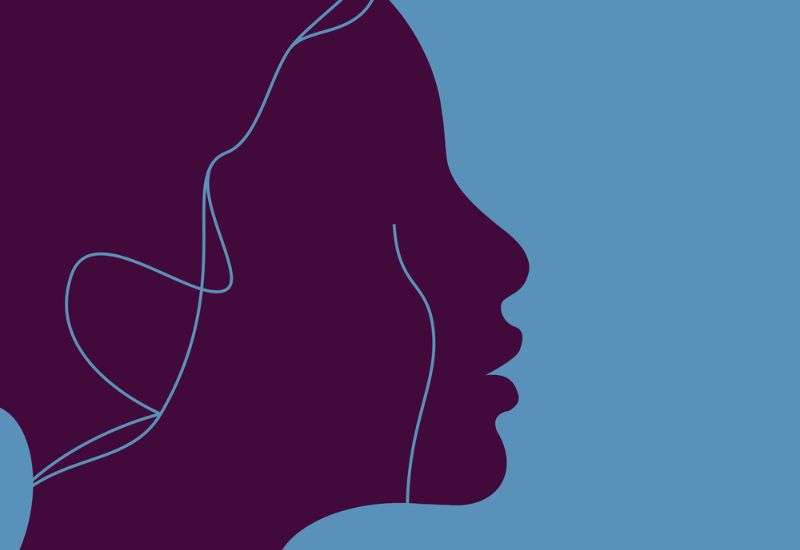In a recent blog post, we discussed the trailblazing work of Dr. Beverly Greene. While Dr. Greene’s work is widely varied and unique, we were particularly in investigating her work in intersectional psychology.
In their citation awarding her the “Award for Distinguished Senior Career Contributions to Psychology in the Public Interest” the American Psychological Association said that Dr. Greene’s work “raises the visibility of many populations that have been overlooked and marginalized in the broader society as well as within psychology and offers new models for theoretical, empirical, and practical approaches.”
It’s precisely here that we wish to investigate. What happens to therapeutic clients when they don’t see themselves and their markers of identity (race, gender identity, religious beliefs, sexual orientation, socio-cultural background, etc.) reflected amongst their treatment team? What is the impact of a lack of representation in research literature on the ability of a treatment team to properly understand clients from diverse backgrounds?
Is it inherently traumatizing to not see your identity represented by a member of your treatment team at any one moment in time? Not necessarily. Is it impactful and marginalizing when you are barely represented by the field as a whole? Does it increase the likelihood that there will be gaps in cultural competency and a deeper understanding of your situation and needs, and does that lead to repeated stays, poor outcomes, and trauma? Probably, yes.
A lack of representation in the treatment team
The questions we are posing are, unfortunately, not new. Dr. Greene asked the same types of questions in 1986 in her groundbreaking article “When the Therapist is White and the Patient is Black: Considerations for Psychotherapy in the Feminist Heterosexual and Lesbian Communities.” In the article, Dr. Greene interrogates the “racial and cultural context within which therapy occurs and its influence on the perceptions therapists hold of their patients.”
While neither Dr. Greene nor we suggest that therapists are blinded by their racial biases. We recognize that many therapists and providers take great steps to ensure that they are culturally aware and empathetic. That said, Dr. Greene reminds us that “White therapists must learn about Black culture and confront their own and society’s racism.”
But we wonder if even this deliberate work is having the impact that clients need to have. The American Foundation for Suicide Prevention says:
Members of the BIPOC (Black, Indigenous, and People of Color) communities and other minority groups often face disproportionate inequities in care, support, or mental health services in this country. Systemic racism and historical barriers and inequities have left particular ethnic, racial and minoritized populations facing trauma, loss, bias, social disparities and other unique challenges that have gone unsupported and largely unaddressed.
It is very clear that the potential for treatment-related trauma is extremely high.
A lack of representation in the literature
Just like Dr. Greene, we are concerned about the lack of research that has been historically published that details the lived experiences of BIPOC and other historically excluded populations. Frontiers in Public Health writes:
“Although some literature reviews have summarized barriers and facilitators for mental health service use among children and adolescents, none of them focused on racial/ethnic minority adolescents in the U.S. Given the unique social and cultural contexts that minority adolescents navigate in the U.S., it is important to understand their experiences when seeking mental health services.”
Where this gap in the research and literature gets particularly concerning is in the suggestion we detailed above. Specifically, how can clinicians hope to understand the needs of those of other backgrounds if there is no research on those needs? How can we address our own biases if there is no literature to guide us into the understanding of those who are different than us?
Why is this a crucial problem to address?
If data is hard to come by historically in the lived experiences of historically excluded populations and mental illness, fortunately statistics about those experiences are less difficult to find. These statistics, courtesy of Resources to Recover, help paint the picture of the scope of this problem:
- Black and Latinx children were about 14% less likely than White youth to receive treatment for their depression.
- Over 25% of Black youth exposed to violence have proven to be at high risk for post-traumatic stress disorder (PTSD).
- In 2018, a study found that the suicide rate of Black children 5 to 12 was nearly twice that of White children of the same age.
- In 2019, suicide was the second leading cause of death for Black or African Americans ages 15 to 24. For Native Hawaiians/Pacific Islanders ages 15-24, suicide was the leading cause of death.
- Although rates of depression are lower in Blacks (24.6%) and Hispanics (19.6%) than in Whites (34.7%), depression in Blacks and Hispanics is likely to be more disabling and persistent.
- In 2018, Asian Americans were 60% less likely and Hispanic Americans were 50% less likely to have received mental health treatment than non-Hispanic Whites.
Clearly, treatment and resources are needed for historically excluded populations.
But it’s profoundly important to ensure that those clients experience a therapeutic process that’s free from its own trauma.
The best solution is to continue taking steps to not repeat the problematic history of medical neglect and abuse suffered by BIPOC people. We would be remiss, for example, if we didn’t acknowledge, as it’s still Black History Month, the trauma that the greater medical community has inflicted on the Black community. From the cruelty of the Tuskeegee study, the lack of cultural competency in medical texts, and the myth that Black people don’t feel pain as strongly as white people do, that history of treatment-caused trauma is long and horrible.
THE ROAD TO WELLNESS STARTS BY SEEKING HELP. TODAY.
Built on the principles of assertive community treatment, Galen Hope is an eating disorder and mental health treatment center offering individualized treatment options that include Intensive Outpatient (IOP), supported housing, and Partial Hospitalization Programs (PHP). As a “Community of Integrated Wellness,” we pride ourselves in fostering a thoughtful and meaningful care experience that can guide our clients on their road to recovery and increased quality of life, regardless of diagnosis. Galen Hope currently offers separate, age-specific programming for adolescents ages 12-17 and adults 18 and up, of all genders.
To learn more, or to join our community for integrated wellness, please contact us today.
Belong. Heal. Grow.

